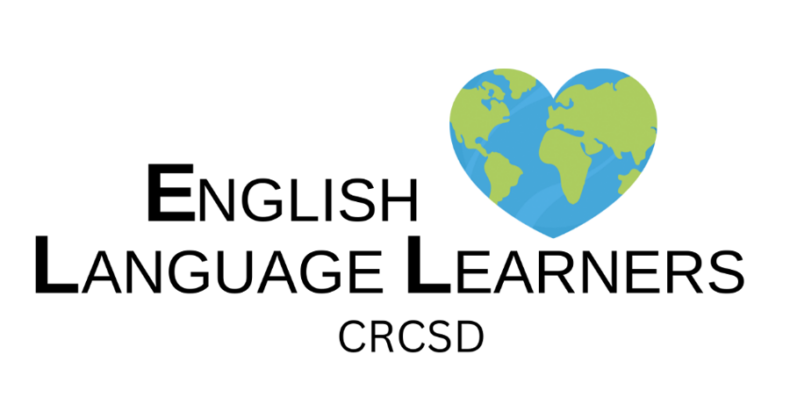
The Cedar Rapids Community School District ELL Program serves over 1,500 students in grades AK-12 from more than 65 countries. These students speak over 70 languages, with Spanish, Swahili, Kirundi, French, and Pohnpeian being the top five languages. The ELL program began in CRCSD in 1979.
The ELL program is currently in 15 elementary schools, all six middle schools, all three traditional high schools, and two alternative high schools. Elementary students living outside the attendance area of these sites are bussed to the closest building with the ELL program.
Resources
ELL Data

ELL Programming
Elementary schools use the pull-out model for ELL services; middle and high schools use content based ELL programming. At all ELL sites, students are grouped according to both grade and language proficiency levels. Students receive ELL services daily from an endorsed ELL teacher.
The ELPA21 (English Language Proficiency Assessment for the 21st Century) Dynamic Screener is the screening tool used to measure English speaking, listening, reading, and writing skills. Students who score in the Emerging or Progressing range qualify for English language development services. Students who score in the Proficient range do not qualify for ELL services.
The ELPA21 (English Language Proficiency Assessment for the 21st Century) Summative is the annual assessment used to measure English speaking, listening, reading, and writing skills. Students who score in the Proficient range exit from English language development services.
The CRCSD ELL program uses the following curriculum:
- Elementary – REACH, by National Geographic/Cengage
- Middle School – INSIDE, by National Geographic/Cengage
- High School – EDGE, by National Geographic/Cengage
All three curriculums are comprehensive literacy programs that focus on the four language domains: listening, speaking, reading, and writing.
As ELs make gains in language proficiency, they are expected to attempt more and more academic assignments. They are encouraged to work in what Vygotsky (1983) calls their “zone of proximal development” – just beyond their current language capabilities – and participate in all cooperative learning situations. Classroom teachers modify assignments and differentiate instruction to accommodate those ELs who have not yet achieved full proficiency in English. The ELL teacher and the classroom/content teachers work as a team in order to support the English language development of each student.
Extra support is offered to students who are brand new to English. These students may receive ELL services twice a day at the elementary level. Beginning, intermediate and advanced ELs receive at least one 30-40 minute elementary group time. Secondary ELs have at least one ELL class every day. The high schools also offer a newcomers program for high school students that are new to English.
History of ELL in CRCSD
High schools
1979: Washington (program moved 2014, reopened 2017)
2012: Jefferson
2014: Kennedy
2020: Metro
2023: City View
Middle schools
1983: Roosevelt
2009: McKinley (program moved 2012, reopened 2019)
2012: Harding
2019: Wilson
2021: Franklin
2021: Taft
Elementary schools
1979: Squaw Creek (school now closed)
1983: Cleveland
2003: Hiawatha
2005: Grant Wood (program discontinued in 2012)
2006: Kenwood
2007: Hoover
2008: Van Buren
2017: Wright
2019: Arthur (school closed in 2024)
2019: Coolidge (school closed in 2021)
2019: Erskine
2019: Garfield (school closed in 2024)
2019: Grant
2019: Nixon
2019: Cedar River Academy at Taylor
2021: West Willow
2022: Harrison
2022: Maple Grove
2024: Johnson STEAM Academy
2024: Trailside